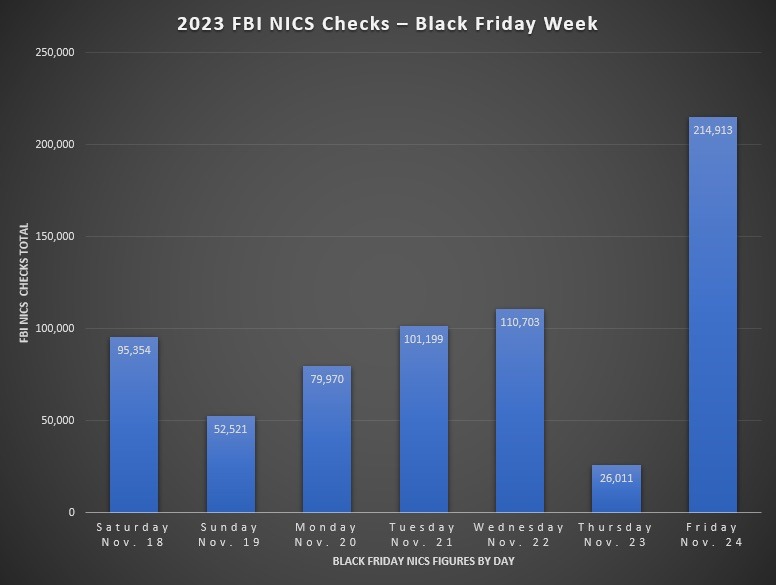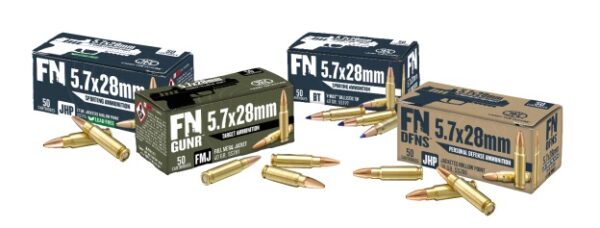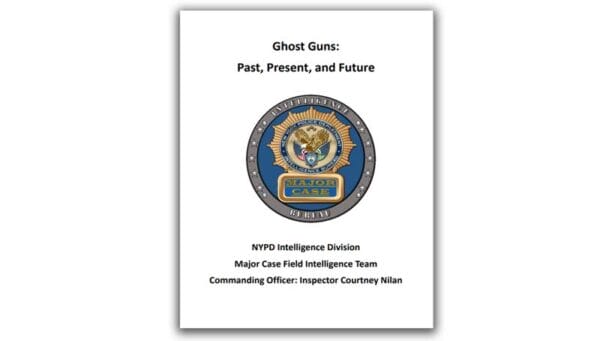Greatest Defensive Semi-Automatic Shotguns
While many solid options exist for a semi-auto scattergun to fill the home-defense role, here are three of the author’s favorites
Anytime you read “greatest,” “best” or “top” in a gun article, you can generally assume what follows will be filled with opinion. So, here’s my opinion of what I believe to be the best semi-automatic shotguns ever made for home defense.

Remington VersaMax Competition
In 2010, Remington engineered a gas action that is so simple it’s genius. Rather than using a mechanical gas regulator to cycle the action via two ports in the chamber—ports that easily get clogged—Remington added seven ports in the chamber so that the longer the shell, the more ports it covers up, thereby effectively regulating the gas pressure without adding any mechanical parts. I believe it is one of the most reliable and recoil-mitigating pure-gas actions ever invented.
Around this action Remington designed a gun that has every feature I want in a defensive gun, but none I do not. (To be clear, it made a similar version called the VersaMax Tactical, but I like the nearly identical Competition model slightly more.) The Competition model weighs nearly 8 pounds and has a 22-inch barrel. It comes with an eight-round magazine and a two-round extension, so it holds a total of 11, 12-gauge shells.
What I like most about it is its rubberized stock that features a super-soft buttpad and a gel-comb insert that does wonders for taming kick. Its receiver features oversize controls (bolt handle, action-release button and safety). Some of Benelli’s design influence is evident in its magazine-cutoff switch, trigger guard style and stock-adjusting shim kit, and I’m glad Remington chose this design to emulate.
I think it has the best sights of any shotgun on the market: A fiber-optic front bead combined with a shallow, express-style V-notch rear give it the best of both worlds. It is unobtrusive enough that I can hit running targets with it, but accurate enough for slugs at distance.
In sum, it’s my favorite do-it-all shotgun ever made. It points so well and has such mild recoil, I have actually taken it to the clays range by choice; other than the extended magazine, it fits right in. Its downside? Due to Remington’s recent demise (and reincarnation as Rem Arms), it was discontinued a few years ago. But, you can still find one online for around $1,350. If you don’t have one, I’d buy one now.

Benelli M3 Tactical
Benelli’s defensive dynamo is a top-end, semi-automatic that also comes with an emergency switch. In normal times, when shooting standard or heavy loads, the M3’s inertial, semi-automatic action functions flawlessly. But, when reduced-recoil loads or less-lethal options need to be manually chambered and extracted—or if you failed to clean the gun after a year at sea—the shooter can simply twist a collar mounted under the fore-end cap. This minimal movement unlocks the fore-end and engages the action rods of the pump system, instantly converting the M3 into a pump-action. Returning the control disengages the action bars, locks the fore-end in place and allows the inertia recoil system to function as a semi-automatic. Tell me this isn’t slick.
It wears a 19.75-inch barrel and features a pistol-grip stock. Unlike most Benelli inertia-action guns, the M3’s recoil-return spring is located ahead of the receiver around the magazine tube, so a spring tube in the buttstock isn’t needed. This allows the stock to be swapped for a folding or collapsing style if the user so chooses.
This M3 is often forgotten because the M4 won a military contract and became so popular, but I think the M3 might be the greatest combat shotgun ever made. Its downside? Most models I’ve seen at retail don’t come with an extended magazine tube, so you’ll likely have to buy one and install it (not a difficult task). I also don’t love ghost-ring sights, but they can be easily replaced. As for speed and reliability, however, it simply can’t be beaten because it’s both a semi and a pump.
In my opinion, it doesn’t handle quite as softly or as intuitively as the VersaMax or Beretta’s 1301 (I wouldn’t take this gun to the clays range), mainly because its stock is more of a tactical style, but then again, the VersaMax can’t turn into a pump with a flick of a switch. MSRP for the M3 Tactical is $1,599.

Beretta 1301 Tactical
Beretta’s excellent 1301 BLINK system is an ultra-fast cycling, self-regulating action that is reliable and very good at recoil mitigation. When combined with Beretta’s useful tactical features—such as the seven- round extended magazine, oversize controls and an 18.5-inch barrel, you get a shotgun that’s fit for just about any Special Forces team on the planet. What I like about it most is that Beretta’s tried-and-true stock dimensions, including the important drop-at-comb measurement, tend to fit most people well, thereby mitigating recoil and making the gun easy to shoot intuitively.
The 1301, like the VersaMax, is another example of a tactical shotgun I could take to the skeet range and shoot a 24 with. What does this have to do with defensive applications? If you can hit fast and tiny flying targets consistently with a shotgun almost subconsciously, then slow, man-size targets become easy. It’s available with a traditional buttstock or a one that has a pistol grip.
As for my perceived negatives, I am not a big fan of the ghost-ring sights, but again, I may be in the minority on this point. Additionally, I can easily replace them with a Big Dot from
XS Sights.
If you asked me what shotgun I like better, the Remington VersaMax or Beretta 1301, I’d probably go with the Remington for the feel of its rubbery stock, its sights and its larger magazine. Then again, the VersaMax is discontinued, so replacement parts and service for it might be difficult to find. The 1301 from the world’s oldest firearms manufacturer, on the other hand, isn’t going anywhere anytime soon. Pricing on the 1301 starts around $1,700, with options, color variations and configurations adding to the cost.







